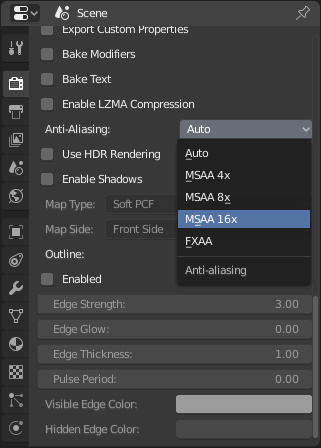

Please note that other Pearson websites and online products and services have their own separate privacy policies. This privacy notice provides an overview of our commitment to privacy and describes how we collect, protect, use and share personal information collected through this site. Pearson Education, Inc., 221 River Street, Hoboken, New Jersey 07030, (Pearson) presents this site to provide information about products and services that can be purchased through this site.

You want the main light to come from the right, so that light should be brighter. Select the light in your scene or create a new one if you don’t have a light yet.ĭuplicate the light, and place it on the other side of the scene to fill the shadow areas.Īrrange the intensity and colors of your lights so that the one on the right is brighter, while the one on the left is dimmer and a different color. Adding Lights to Your Sceneįollow these steps to create a basic lighting scheme for your scene (and remember that you can access the menu for adding new objects to the scene by pressing Shift+A): Light options in Cycles may look rather simplistic because Cycles is a physically realistic render engine with no artificial settings such as shadow quality. The Size parameter adjusts the softness of the shadows, and on the Nodes panel, you can set the light’s color and strength. You may need to click the Use Nodes button to activate all the options. When you access the same Lamp tab in Cycles, the options for light properties are different. Keep in mind that adding samples increases render time. Usually, 7 is adequate, but go higher if you need more quality fewer samples result in a noisy shadow. The Soft Size parameter makes the shadow softer, but you may need to increase samples to make it look better. Also, in the Shadow panel, you can deactivate the shadows or control how they look. You can select the type of light as well. (The icon will change depending on the type of lamp that you select, but it will always be yellow.) You’ll find options such as Color and Energy (Intensity). In Blender Render, go to the Lamp tab of the Properties Editor. (Chapter 14, “Lighting, Compositing, and Rendering,” provides more information about lighting.) Light Options in Blender Render

In this first scene, you use only a couple of point lights. This feature can simulate cool, very realistic effects that cannot be achieved with normal lights. Also, one of the benefits of Cycles is that because it is a realistic render engine, it allows you to use emissive materials, which can turn any mesh into a light emitter to illuminate the scene. Lights are compatible with Blender Render and Cycles, but given the different natures of these render engines, the lights have different effects, so if you switch from one render engine to another, you may need to adjust their parameters. Now that you have materials set up, it’s time to make the scene look more realistic with some light and shadows. Official builds are made with RHEL 7 and glibc 2.17.Learning Blender: A Hands-On Guide to Creating 3D Animated Characters, 2nd Edition Builds will only run on Linuxes with the same or higher glibc version. lib/linux_x86_64, which will be automatically picked up when building Blender itself.īesides the libraries, the glibc version of the system affects portability. Running make deps will build libraries in. These libraries are built from source, and this system can also be used to create your own portable libraries. When using the precompiled libraries, builds are portable and can be shared with others. This makes it possible to share packages between Blender and other software, however the resulting builds will generally not work on other computers. The above instructions install packages through the system package manager. with-all Include some extra libraries that are by default not considered mandatory (main effect of this one is building OpenCollada). install Where to install the libraries we have to build (defaults to /opt/lib). source Where to store downloaded sources for libraries we have to build (defaults to ~/src/blender-deps). This scripts accepts some optional command lines arguments (use -help one to get an exhaustive list), among which:


 0 kommentar(er)
0 kommentar(er)
